The recent independent performance review of the United Kingdom Department for International Development’s (DFID’s) efforts to educate marginalized girls sparked debate and scrutiny at a parliamentary hearing held in London on January 30. With another round of evidence to be heard by the U.K. International Development Committee on February 21, it seems timely to add another voice to the floor.
The negative amber/red score meted out by the Independent Commission for Aid Impact (ICAI) does not justify a Brexit from helping to educate marginalized girls; nor should funds be diverted from DFID’s Girls’ Education Challenge (GEC), a multi-year, multi-country program worth a total of 455 million pounds (roughly $560 million). As the minister of state, Rt Hon. Lord Michael Bates, said at the January hearing: “DFID is being bold and ambitious in tackling a problem that everyone in the education world knows exists, but other countries […] have not had the guts to actually put their money where their mouth is and actually go out and challenge it.”
DFID deliberately chose to target the hardest-to-reach girls in its strategy to educate girls, and not merely aim for the lowest-hanging fruit. And it is prepared to “put up with a bit of flak” to do so. That flak came in the form of an unsatisfactory effectiveness from ICAI, along with a call for significant improvements to the DFID’s strategy. DFID can absorb many lessons from this, as can other girls’ education actors. Following is an attempt to distill several of ICAI’s findings, and to glean key takeaways about implementing at scale and using a payment-by-results model.
Solely targeting marginalized girls can backfire
A key criticism was that DFID’s supported projects and programs lost their focus on marginalized girls over the course of implementation. The evaluators attributed this fuzziness in part to competing priorities between DFID’s girls’ education programs and DFID country-level programs. This critique can be easily misconstrued as a lack of commitment on DFID’s part, when it actually reflects the complexity of working on girls’ education issues in settings where both boys and girls experience sub-optimal educational outcomes. For example, Gene Sperling, Rebecca Winthrop, and I have shown that, amidst a widespread learning crisis, families are merely forced to make choices that still shortchange girls; for instance, using freed up resources to send a son to a higher-quality private school.
Losing focus on marginalized girls should thus not be confused with strategically shifting implementation strategies to adapt to contexts with low overall attainment levels or to circumstances where the value placed on girls’ education is extremely low. Nor should it be confused with approaching girls’ education barriers through non-girl-focused entry points (e.g., by changing boys’ perceptions about masculinity or convincing community leaders that educating girls is valuable). Indeed, success in the most discriminatory settings often requires deftly addressing the unique needs of marginalized girls, while at the same time avoiding cultural backlash against girls for receiving priority treatment.
Move beyond economy, efficiency, and effectiveness
The U.K. government’s method of accountability to its taxpayers may have tripped up the innovativeness of GEC’s financing model. According to the review and to interviews with a few GEC program implementers, it appears that the “3 Es” bottom line—economy, efficiency, and effectiveness—together with basing disbursements on results has led programs to pursue the wrong outcomes: larger numbers of girls reached rather than the most marginalized girls; girls who are easier to access rather than girls located in harder to reach communities; girls with higher levels of baseline learning levels versus girls with little to no exposure to schooling.
The value-for-money framework and payment-by-results model also discouraged, or in some cases, dis-incentivized programs to consider and plan for program delivery and operation in difficult environments. This includes circumstances such as drought or other climate-related emergencies, unexpected shifts in the political environment, or the scarcity of physical or digital infrastructure in areas where the neediest girls are located—which ultimately led to dissatisfactory outcomes for GEC programs and complications with payment. The review rightly argues that, without consideration of equity (and, I would add, without providing incentives to make mid-course corrections), DFID’s financing approach the education of marginalized girls will continue to thwart its ability to make good on its pledge to “leave no one behind.”
Make room for context-specificity and adaptability
Another ICAI finding was that DFID lacks a cohesive and consistent approach to addressing the needs of the most marginalized girls. This wasn’t at all surprising to actors in the field. Indeed, the critique affirmed that the complexity and context-specific nature of the challenges in girls’ education make it extremely difficult to design a single solution—a point the evaluators seem to appreciate when citing DFID’s incorporation of a diverse range of on-the-ground interventions. Room for context-specific strategies is especially significant for the GEC, considering it funds projects in 18 diverse countries in Africa and Asia.
Flexible adaptation is essential to implementing a program at scale such as the GEC, something highlighted by Jenny Perlman Robinson, Rebecca Winthrop, and Eileen McGivney in the recent Millions Learning study. Large-scale programs should also be centered on core elements or principles. According to Anna Wechsberg, director of policy and global partnerships at DFID, for GEC, these principles include putting girls and women front and center, while also taking care to “create an opportunity to gather lots of ideas, to try different approaches in different contexts, and see what work[s].” This is where DFID has been at the forefront in girls’ education—testing and innovating at scale. From engaging private sector actors new to the space of girls’ education, like Avanti and Coca Cola, to those who have been in the space for a long time, like Camfed and Save the Children, DFID’s strategy has provided a rare opportunity to test the best ways for getting the most marginalized girls into school and learning.
Up next: Policy advocacy for girls’ education
A final ICAI criticism centers around the lack of longer-lasting system-wide work to promote the interests and needs of marginalized girls in national education systems and education policy. Essentially, the review is calling for DFID to do a better job of linking non-state actors to state actors through policy dialogue and advocacy. This particular critique was misinterpreted as DFID’s negligence in fulfilling its commitment to marginalized girls. In reality, not enough actors working on girls’ education engage in policy advocacy work that is specifically geared toward changing policies and legislation. The Center for Universal Education and the United Nations Girls’ Education Initiative (UNGEI) found during a recent analysis of major girls’ education organizations (including DFID) that just a few organizations, like Plan International, Rise Up, UNGEI, and the Center for Universal Education, are actually engaged in this work.
To continue leading and innovating on girls’ education, DFID needs to step up its policy advocacy. This means using the data and experiences of its 18 partner countries and 37 GEC programs to identify how it can better advocate for girls’ education as a complementary, not competing, priority to broaden education agendas, including national education strategies.
Don’t throw the baby out with the bathwater
The ICAI review recognized that GEC constitutes a significant investment in girls’ education, both symbolically and financially. Not only did the high profile nature of DFID’s investment, commitment, and advocacy signal to other governments that investing in girls’ education is the smart thing to do, it also helped to prioritize girls’ learning outcomes, not just their access to school.
The ICAI review should not lead other governments to conclude that girls’ education is a risky investment, when it is anything but. Instead, DFID’s investment in girls’ education is both worthy and urgent. Its decision in 2016 to extend the GEC and to add 100 million pound to the fund signals an important attempt to provide long-term educational support for a cohort of girls.
Amidst a Brexit from the European Union and the rise of isolationism, it is more important than ever for the U.K. to keep leading on girls’ education. According to What Works in Girls’ Education, it is clear that this investment will reap knock-on benefits for girls’ families, communities, and countries that are critical for achieving the U.N.’s Sustainable Development Goals.
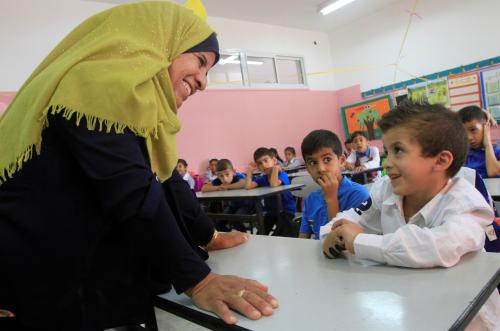

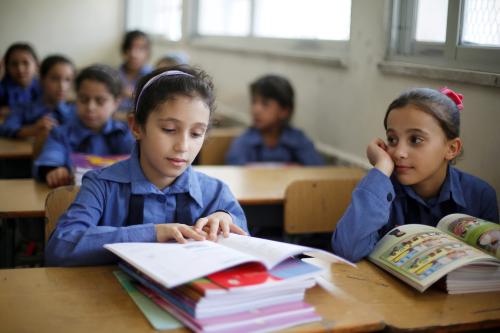
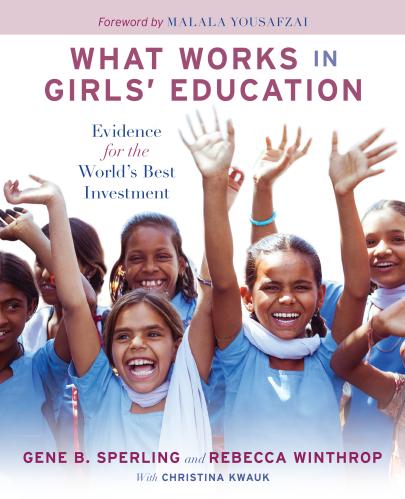
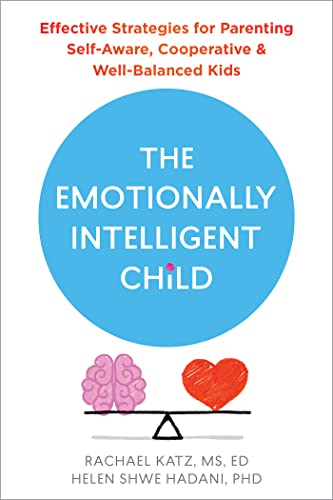
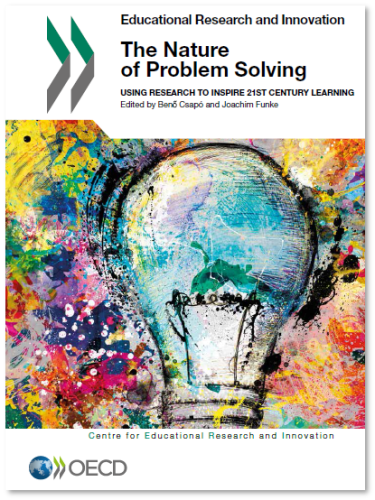




Commentary
What the UK’s evaluation of girls’ education got right, and wrong
February 16, 2017